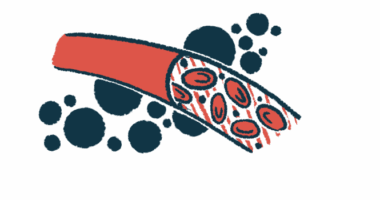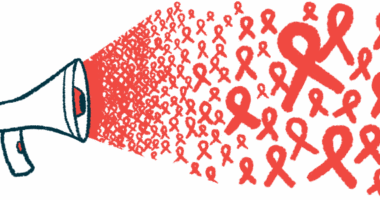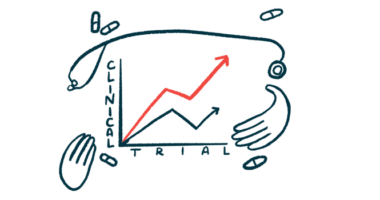Types of Muscular Dystrophy
Overview
Muscular dystrophy refers to a group of genetic diseases that cause progressive muscle weakness and loss. There are more than 30 types of muscular dystrophy, all with different causes and symptoms. Though the most common types appear during childhood, other forms affect adults only. Some of the more common types of muscular dystrophy are summarized below.
Duchenne Muscular Dystrophy
Duchenne muscular dystrophy (DMD) is the most common form of muscular dystrophy, accounting for about a third of all muscular dystrophies. The condition, which leads to progressive deterioration of muscle fibers, usually affects boys, but girls can also carry the mutated gene and experience some symptoms.
Becker Muscular Dystrophy
Becker muscular dystrophy is a condition in which skeletal and heart muscles slowly degrade. The causes and symptoms of Becker are similar to those of Duchenne muscular dystrophy, though the disease’s progression is typically slower. This type is named after Peter Emil Becker, the German doctor who first described the differences between this disease and Duchenne in the 1950s.
Facioscapulohumeral Muscular Dystrophy
Facioscapulohumeral muscular dystrophy (FSHD) is a muscle-wasting disease associated with the progressive weakening of the muscles starting in the face, shoulders, and upper arms. Generally, the progression of the disease is fairly slow, but both the age of onset and the degree of severity of the condition can vary greatly among patients, with symptoms potentially beginning as early as infancy or as late as adulthood. Most patients first show symptoms in their 20s and 30s.
Limb-Girdle Muscular Dystrophy
Limb-girdle muscular dystrophy (LGMD) is the name given to a varied collection of neuromuscular disorders with different genetic causes. The limb-girdle is the bony structure surrounding the shoulder and hip joints. This type of muscular dystrophy is characterized by muscle atrophy in the limb-girdle regions of the body, or in the muscles around the shoulders and hips.
Myotonic Dystrophy
Myotonic dystrophy is the most common type of late-developing muscular dystrophy. Although it can appear at any age, it usually presents itself in adults in their 20s and 30s. The condition is progressive, so symptoms of muscle stiffness and weakness tend to worsen over time. People with myotonic dystrophy typically experience extended muscle contractions and have difficulty relaxing muscles after use.
Congenital Muscular Dystrophies
Congenital muscular dystrophies is the name given to a group of muscular dystrophies that lead to muscle weakness and wasting from birth or very early on in life. They are caused by genetic mutations that may be inherited or be the result of new mutations. There are several types of congenital muscular dystrophies.






